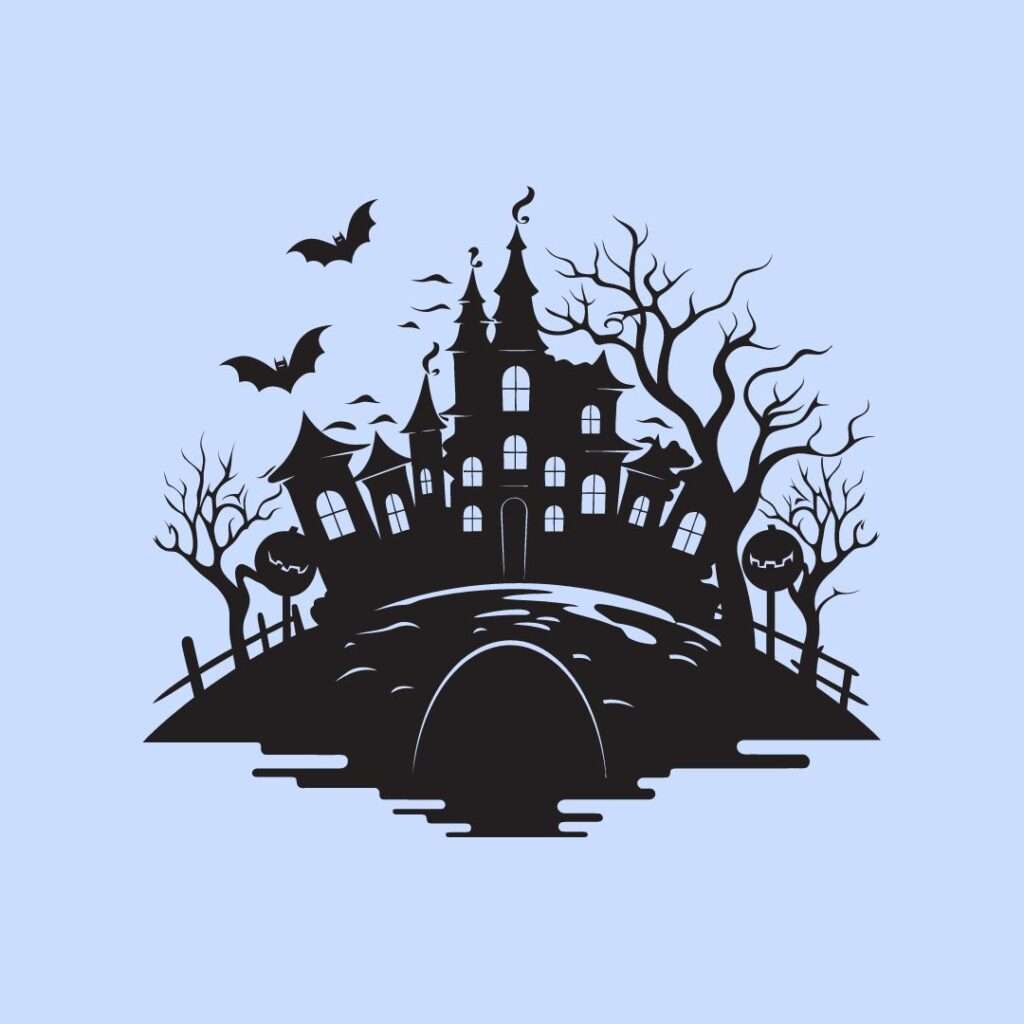Table of Contents
- Introduction
- Dissecting Stephen King’s Writing Style
- Unveiling the Mystery: Crafting Compelling Narratives
- Suspense and Horror: Key to Writing a Novel Like Stephen King
- Conclusion
Introduction
The write-up delves into how to write a novel like Stephen King. Needing no introduction, Stephen King’s writing style has captivated readers for decades with its masterful blend of horror, suspense, and psychological depth.
There is an undeniable allure to his vivid storytelling that draws his audience into ordinary settings with relatable characters before plunging them into extraordinary terror. The mystery and intrigue surrounding King’s work simultaneously leave readers unable to put his books down and hesitant to turn the next page.
Stephen King has undeniably impacted the literary world as one of the most popular and prolific authors. With over 60 novels published, over 350 million copies sold, and a net worth of over $500 million, King’s unique writing style has inspired countless aspiring writers while capturing the imaginations of generations of avid readers.
King’s style is alluring because he can blend relatable, everyday characters and settings with supernatural horror and psychological tension. Rather than relying solely on gore or shock value, King carefully constructs multilayered plots that lure readers deeper into his intricate, character-driven narratives. This mastery of suspense and intrigue is why his books have withstood the test of time.
Much of the addictive nature of King’s writing stems from the aura of mystery and intrigue that permeates his work. He adeptly leaves specific plot threads dangling, only to weave them all together, keeping readers guessing throughout artfully. The horror elements—ghosts, murderous cars, telekinetic girls—add a sense of ominous uncertainty, making his books nearly impossible to put down.
Additionally, King has a knack for getting inside his characters’ heads. His uncanny ability to tap into the human psyche allows him to craft complex emotional landscapes that draw readers deep into his stories as they connect with the characters on a profoundly personal level. This intimate understanding of the human condition is an integral part of the mysterious allure of King’s writing style.
Ultimately, the mystery lies in King’s storytelling—the tension between the known and the unknown. Readers are compelled to follow him into the darkness to unravel the secrets he skillfully hides behind the ordinary facades of small towns, haunted hotels, and demented clowns.
Dissecting Stephen King’s Writing Style
Stephen King’s writing style is renowned for its vivid imagery, relatable characters, and suspenseful storytelling that draw readers into extraordinary worlds. Through his mastery of descriptive language, King paints intensely visual pictures that pull us into the scene. When a character steps into the dark basement with only a flickering lightbulb, we feel the darkness closing in as our imaginations run wild. The relatable protagonists, often everyday people thrust into terrifying situations, make us empathize with their plight. We root for their survival while dreading what might lurk around the next corner.
Everyday Settings and People
A hallmark of King’s work is his use of ordinary settings and people to construct his horrifying narratives. The terror often lurks right under the facade of normal small-town life. For example, the monsters live next door in classics like It and Salem’s Lot. Using everyday places like schools, small towns, and suburban neighborhoods as backdrops for supernatural evil, King makes his horror more visceral and real. Similarly, his focus on regular, flawed characters makes identifying with those caught up in the spiral of mounting dread easy.
Captivating Blend of Genres
King artfully combines horror, suspense, and psychological depth into page-turning tales that leave us unsettled yet unable to look away. While shocking scenes punctuate the narrative, the true horror often lies in the creeping dread, paranoia, and darkness in his characters’ minds. Whether it’s the alcoholic father losing grip on reality in The Shining or the grieving novelist whose stories come alive in Misery, King explores the psychological underpinnings behind our fears. This masterful blend of genres keeps readers hooked through plot twists and turns until the climactic reveal.
Unveiling the Mystery: Crafting Compelling Narratives
Creating a gripping plot that engages readers from beginning to end is crucial for any captivating novel. Stephen King is a master at hooking readers early on and maintaining suspense throughout his stories. One technique he uses is foreshadowing key events or mysteries that entice readers to keep turning pages to uncover the truth. He also employs cliffhangers, unexpected twists, rising action, and intriguing questions to pull his audience deeper into the narrative.
Building Dimensional, Relatable Characters
In addition to the plot, compelling characters are vital for immersing readers in a novel’s world. King has a talent for crafting multidimensional protagonists and antagonists that feel like real people with complex motivations and backstories. We connect with these realistic characters, empathizing with their struggles and relating to their hopes and fears. Much of the suspense in King’s tales comes from worrying about what will happen to characters we genuinely care about.
The Power of Setting and Atmosphere
Vivid, eerie settings pervade Stephen King’s work, from the haunted Overlook Hotel in The Shining to the shrouded town of Derry in It. These everyday places transformed into something sinister reflect the darker aspects of human nature. The foreboding mood also builds suspense, unsettling readers about what evil lurks around the next corner. Weaving evocative descriptions of settings with insights into a character’s emotional state is vital for transporting audiences into the fictional world.
Suspense and Horror: Key to Writing a Novel Like Stephen King
Stephen King is a master at building suspense and evoking horror in his novels. His techniques for raising tension and anticipation keep readers glued to the pages. Understanding how he crafts nerve-wracking scenarios can help aspiring writers create their edge-of-your-seat narratives.
Building Suspense Through Pacing and Tension
King is strategic in controlling the pace of his stories. He often starts slowly, allowing readers to get to know the characters and settings. This establishes reader investment, so the stakes feel higher when the action ramps up. King increases the pacing through shorter chapters and more intense scenes as the plot progresses. This momentum builds anticipation, making readers eager to see what happens next.
Along with pacing, King layers in tension through foreshadowing and ominous details. Hints of impending doom make mundane moments fraught with dread. The constant question of “what’s going to happen?” pushes readers forward. Mixing relaxed and tense scenes also disorients readers so they feel the same uncertainty as the characters.
Keeping Readers on Edge Through Anticipation
King expertly employs anticipation, moving key revelations out of readers’ reach. He builds intricate plot arcs full of cause and effect so events feel linked. When dangerous consequences are promised, readers desperately continue to see if they come to fruition. King also poses story questions that he answers slowly, stringing readers along chapter by chapter.
Cliffhangers are another anticipation technique King uses well. Chapters often end abruptly with characters in peril, compelling readers to keep going. He balances relieving and building tension so readers feel they are on a narrative rollercoaster, never knowing what’s next. This thrill of uncertainty captivates his audience.
Handling Horror Thoughtfully to Avoid Exploitation
While King’s novels contain disturbing imagery and violence, he approaches these elements thoughtfully. His focus stays on serving the story rather than gratuitously shocking readers. He builds an emotional connection between readers and characters so when bad things happen, there is empathy instead of detachment. King also gives villains nuanced motivations, adding depth to the horror.

Additionally, King considers the ethical implications of his content. He reflects on how graphic descriptions might affect readers and when to draw the line. As writers, we should be similarly conscientious about our creative choices, ensuring the horror enhances the story rather than exploits traumatic experiences.
Conclusion
We have delved into how to write a novel like Stephen King, a master of the writing craft. In aspiring to write a novel like Stephen King, studying the craft with the same depth and dedication that King himself employs is essential. The key to King’s success is a combination of relatable characters, compelling narrative arcs, meticulous pacing, and an immersive atmosphere that bridges the gap between the ordinary and the extraordinary. Through his work, he teaches how suspense is a careful balancing act between character development, anticipation, and the slow reveal of the unknown.
To emulate King’s style, a writer must embrace his narrative wisdom. This includes developing a strong sense of place, creating characters who feel real and whose fates matter deeply to us, and pacing your story in such a way as to maximize suspense. It also means being bold in your storytelling, not shying away from the dark corners of human experience, while staying true to the story’s heart.
While drawing inspiration from Stephen King’s approach to storytelling is beneficial, finding your unique voice and style is equally important. King encourages writers to read widely and write, finding their rhythm and voice through practice and perseverance. Your novel should ultimately reflect your vision, perhaps shaped by the influence of greats like King but driven by your originality and creative instincts.
Remember, too, that writing in the horror genre comes with its ethical considerations. As King illustrates, horror should not merely shock but also interrogate the human condition, evoke empathy, and sometimes serve as a cautionary tale. While distressing, your horror elements should be purposeful and thought-provoking, advancing the narrative or developing the characters rather than gratuitously exploiting fears or trauma.
As King’s career suggests, writing is a lifelong journey of learning, experimenting, and refining one’s craft. There’s no definitive guide to writing like Stephen King. Still, by understanding his approach and integrating some of his techniques into your work, you can craft stories that captivate and terrify you in the best possible way. Ultimately, writing a novel like Stephen King is one of homage to the enduring power of storytelling and a commitment to the unending pursuit of mastery in the written word.

2 thoughts on “How to Write a Novel Like Stephen King”